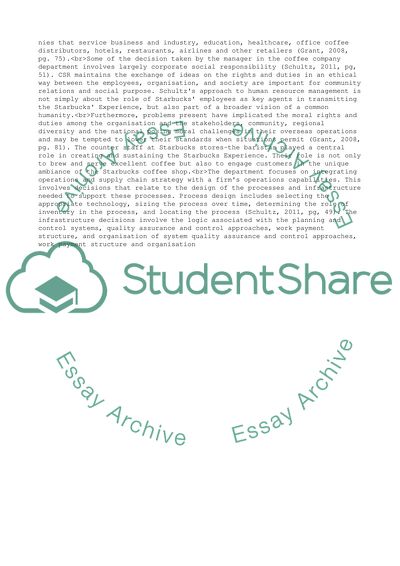Cite this document
(Managing Communication knowledge and Information Essay, n.d.)
Managing Communication knowledge and Information Essay. https://studentshare.org/management/1762929-managing-communication-knowledge-and-information
Managing Communication knowledge and Information Essay. https://studentshare.org/management/1762929-managing-communication-knowledge-and-information
(Managing Communication Knowledge and Information Essay)
Managing Communication Knowledge and Information Essay. https://studentshare.org/management/1762929-managing-communication-knowledge-and-information.
Managing Communication Knowledge and Information Essay. https://studentshare.org/management/1762929-managing-communication-knowledge-and-information.
“Managing Communication Knowledge and Information Essay”. https://studentshare.org/management/1762929-managing-communication-knowledge-and-information.


